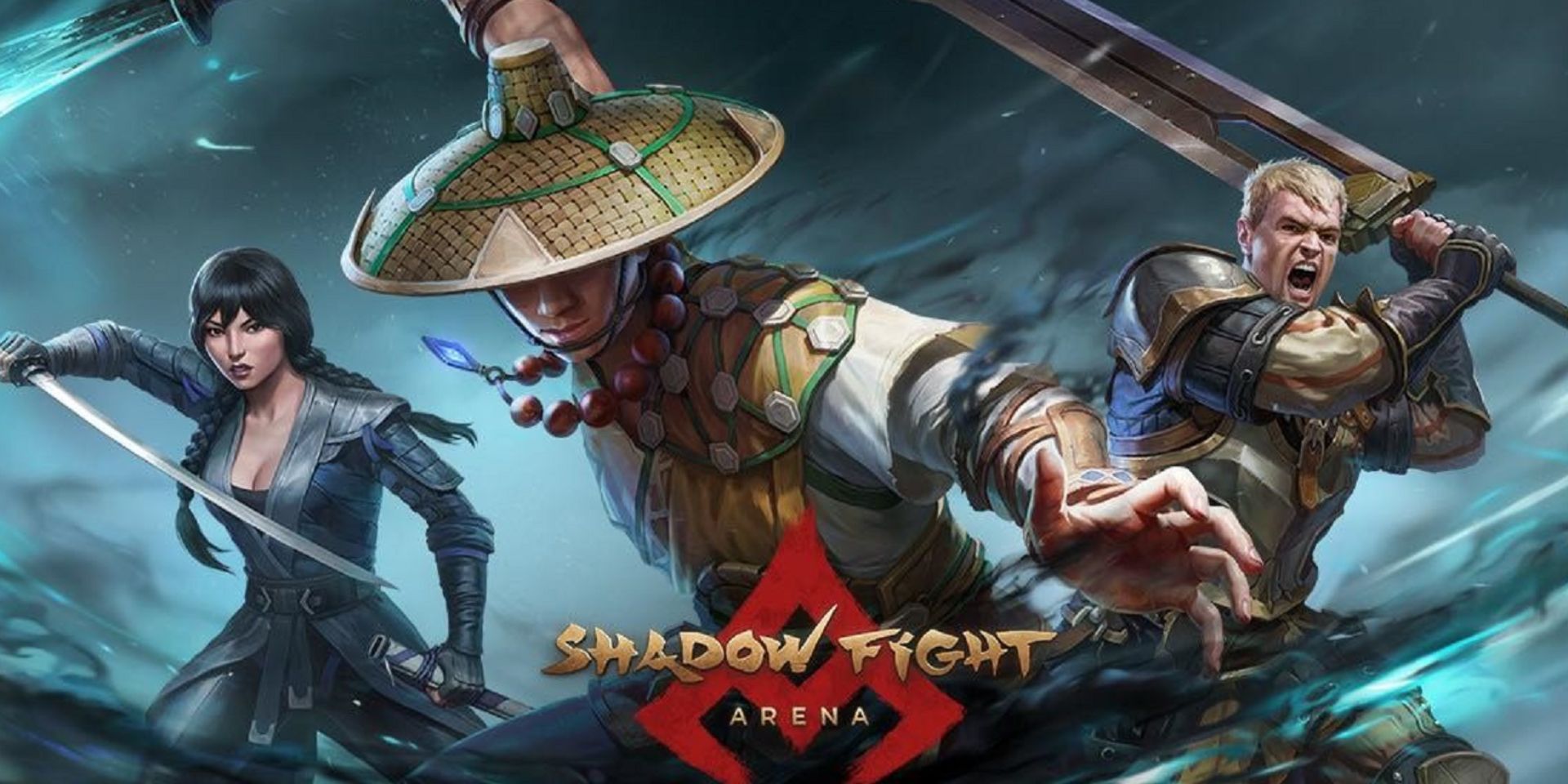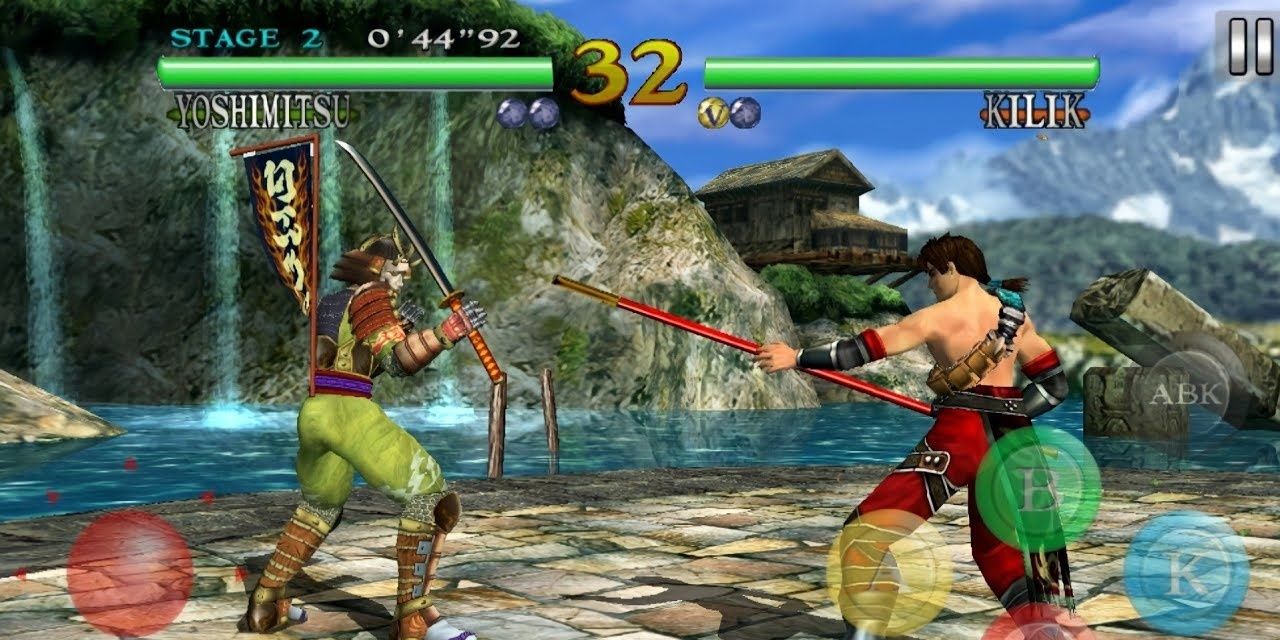
The Pocket-Sized Pugilist: Exploring the Thriving World of Mobile Fighting Games
For decades, the visceral thrill of facing off against a rival in a pixelated arena has captivated gamers. From the arcade cabinets of the past to the sprawling landscapes of modern consoles, fighting games have consistently delivered adrenaline-pumping experiences defined by skill, strategy, and lightning-fast reflexes. But the landscape has changed. The fight has moved to our pockets, and mobile fighting games are not just a novelty; they’re a thriving ecosystem offering unique experiences and challenging the very definition of what a fighting game can be.
While initially met with skepticism, the mobile fighting game scene has evolved from clunky ports and simplified button-mashers to sophisticated and compelling titles that rival their console counterparts. This evolution is driven by advancements in mobile technology, innovative control schemes tailored for touchscreens, and a dedicated community hungry for competitive action on the go. This article delves into the world of mobile fighting games, exploring its key titles, innovative mechanics, unique challenges, and future potential.
The Evolution of the Mobile Arena: From Button-Mashers to Tactical Titans
The early days of mobile fighting games were characterized by compromises. Limited processing power and the absence of physical buttons forced developers to simplify gameplay, often resorting to auto-combos and rudimentary controls. These early titles, while offering a nostalgic nod to classic franchises, often lacked the depth and nuance that defined their console counterparts.
However, as mobile technology advanced, so did the ambition of game developers. The introduction of more powerful processors and higher resolution screens allowed for more complex character models, detailed environments, and intricate animation. More importantly, developers began experimenting with innovative control schemes designed specifically for touchscreens.
This experimentation led to the emergence of several distinct control styles:
-
Virtual D-Pads and Buttons: This is the most traditional approach, mimicking the layout of console controllers with virtual buttons and a directional pad. While familiar to veteran fighting game players, this method can often feel clunky and imprecise on a touchscreen, especially for complex inputs.
-
Gesture-Based Controls: This innovative approach utilizes swipe and tap gestures to execute attacks and movements. While potentially more intuitive than virtual buttons, mastering gesture-based controls requires precise timing and muscle memory. Games like "Injustice: Gods Among Us" and "Marvel Contest of Champions" successfully implemented this style, focusing on simplified combos and strategic card-based mechanics.
-
Tap-and-Hold Systems: This control scheme simplifies inputs even further, relying on tap, hold, and release actions to execute attacks. While less demanding than other methods, this style can still offer strategic depth through character positioning and timing.
-
Auto-Fighting with Tactical Interventions: Some games, particularly those with RPG elements, utilize auto-fighting systems where the AI controls the character, and the player intervenes with special attacks or tactical maneuvers. This style caters to a more casual audience while still offering strategic choices.
The adoption of these new control schemes paved the way for a new generation of mobile fighting games that were not just ports, but unique experiences designed for the platform.
Key Players in the Mobile Fighting Game Arena:
Several titles have emerged as key players in the mobile fighting game scene, each offering a distinct experience and catering to different player preferences.
-
Injustice: Gods Among Us & Injustice 2: Developed by NetherRealm Studios, these games leverage the popularity of the DC Comics universe and offer a streamlined fighting experience with a focus on collectible cards and team building. The gesture-based controls are intuitive, and the visually stunning graphics and character designs make these titles a joy to play.
-
Marvel Contest of Champions: Another superhero brawler, "Marvel Contest of Champions" pits players against each other using a roster of iconic Marvel characters. Similar to "Injustice," the game employs gesture-based controls and focuses on team building and strategic card-based mechanics.
-
Shadow Fight 2 & Shadow Fight 3: These games offer a unique silhouette art style and a focus on weapon-based combat. "Shadow Fight 2" features a more traditional single-player campaign, while "Shadow Fight 3" incorporates RPG elements and character customization. The controls are relatively simple but require precise timing and strategic thinking.
-
Street Fighter IV Champion Edition: This title brings the classic "Street Fighter" experience to mobile devices. While using virtual buttons, the game is surprisingly faithful to its console counterpart, offering a challenging and rewarding experience for seasoned fighting game players.
-
The King of Fighters ALLSTAR: This game features a vast roster of characters from the "King of Fighters" franchise and offers a fast-paced, team-based fighting experience. The controls are relatively simple, but the game’s depth lies in its strategic team building and character synergies.
-
Brawlhalla: This platform fighter, also available on consoles and PC, translates surprisingly well to mobile. Its free-to-play model and accessible gameplay make it a popular choice for casual players, while its deep combat system and competitive scene offer plenty of depth for more dedicated players.
These titles represent just a small fraction of the mobile fighting game landscape. The Google Play Store and Apple App Store are teeming with a variety of fighting games, ranging from casual brawlers to more hardcore offerings.
Challenges and Opportunities in the Mobile Fighting Game Space:
While the mobile fighting game scene has made significant progress, it still faces several challenges:
-
Control Issues: The lack of physical buttons remains a major hurdle for many players. While developers have experimented with various control schemes, none have fully replicated the precision and responsiveness of a traditional controller.
-
Monetization Models: Mobile games often rely on free-to-play models, which can sometimes be intrusive and negatively impact the player experience. Balancing monetization with fair gameplay remains a challenge.
-
Input Lag and Performance Issues: Mobile devices can vary significantly in terms of processing power, which can lead to input lag and performance issues, particularly in graphically demanding games.
-
Community Building: Building a strong and engaged community is crucial for the success of any fighting game. Mobile fighting games need to find ways to foster community interaction and competitive play.
However, these challenges also present opportunities for innovation:
-
Further Control Scheme Innovation: Exploring new control schemes, such as motion controls or voice commands, could potentially offer more intuitive and immersive fighting game experiences.
-
Fairer Monetization Models: Implementing more transparent and less intrusive monetization models, such as battle passes or cosmetic purchases, could improve the player experience.
-
Cloud Gaming and Streaming: Cloud gaming technology could allow players to stream high-quality fighting games to their mobile devices, regardless of their hardware capabilities.
-
Cross-Platform Play: Enabling cross-platform play between mobile, console, and PC could significantly expand the player base and foster a more vibrant community.
The Future of Mobile Fighting Games: A Bright and Promising Arena
The future of mobile fighting games is bright and promising. As mobile technology continues to advance and developers continue to innovate, we can expect to see even more sophisticated and compelling fighting games on our mobile devices.
We can anticipate:
-
More Graphically Impressive Titles: Mobile processors are becoming increasingly powerful, which will allow developers to create visually stunning fighting games that rival their console counterparts.
-
More Innovative Control Schemes: Developers will continue to experiment with new control schemes, potentially incorporating augmented reality or virtual reality elements to create more immersive fighting game experiences.
-
Deeper and More Complex Gameplay: Mobile fighting games will continue to evolve beyond simple button-mashers, offering deeper and more complex gameplay mechanics that reward skill and strategy.
-
A Thriving Esports Scene: As mobile fighting games become more competitive, we can expect to see the emergence of a thriving esports scene, with tournaments and leagues attracting players from around the world.
Mobile fighting games are no longer a niche genre. They are a vibrant and evolving ecosystem that offers unique experiences and challenges the very definition of what a fighting game can be. From casual brawlers to competitive tournaments, the mobile arena is open to all, offering a pocket-sized pugilist experience that’s always within reach. As technology advances and the community grows, the future of mobile fighting games is sure to be filled with exciting new battles and unforgettable moments. So, pick up your phone, choose your fighter, and step into the arena – the fight is on!

